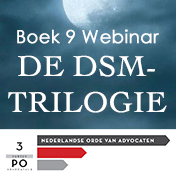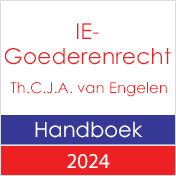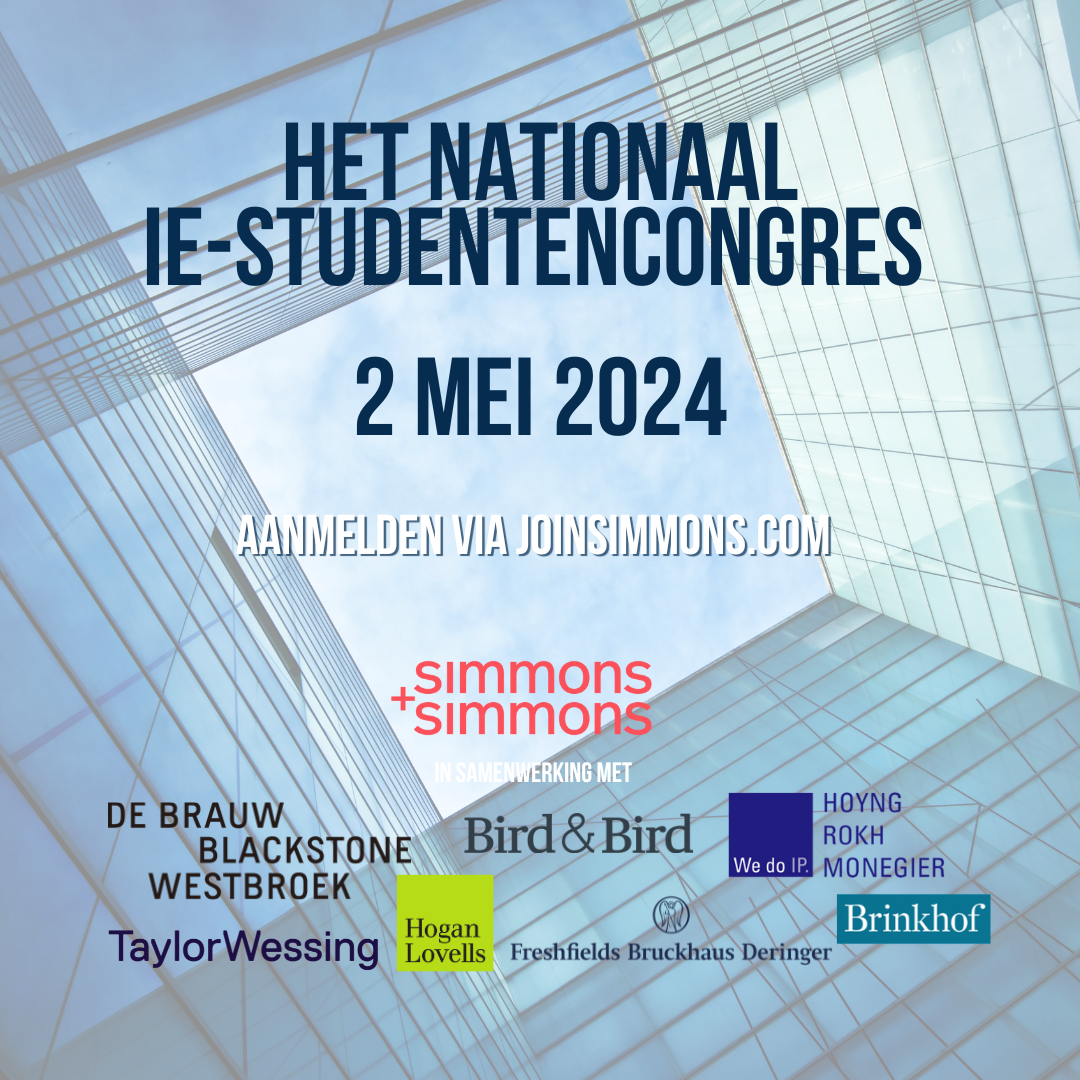
(Met dank aan Gert-Jan van den Bergh en Auke van Hoek, Bergh Stoop & Sanders, en Berber Brouwer, Walden Grene)
Modelrecht. Een waterballonvuller bedoeld als speelgoed voor kinderen blijkt ook een boeiend ontwerp voor IE-minnend Europa. Vandaag een volgend hoofdstuk in de alsmaar dikker wordende bundel.
Op 2 juni 2019 sprak de kamer van beroep van EUIPO de ongeldigheid uit van de modelregistratie van Tinnus voor één van de modellen voor een waterballonvuller (fluid distribution equipment), omdat alle kenmerken van het model uitsluitend door de technische functie zijn bepaald.
Die uitspraak werd bevestigd door het Gerecht van de Europese Unie. In het daaropvolgende appel bij het Hof van Justitie van de Europese Unie van 5 mei 2021 werd Tinnus Enterprises niet-ontvankelijk verklaard.
The Boards of Appeal bevestigt nu om diezelfde reden de ongeldigheid van 5 overeenkomstige registraties voor het ontwerp van een waterballonvuller, geregistreerd door Tinnus. De DOCERAM-uitspraak van het HvJ EU wordt wederom toegepast:
“47. The design holder was unable to rebut the technical function, as described above, of the housing, the tubes, the balloons and the fasteners and to demonstrate any other considerations that could have played a role in the appearance of said features. Mere statements such as the design has a ‘simple and clean appearance’ similar to a ‘bouquet of flowers’ due to the choice to keep the balloons grouped together and that the ‘proportions [of the length and width] of the design as a whole (…) give the design a sleek and elegant appearance that is appealing to the user’ (statement of grounds of appeal, p. 7) cannot demonstrate that aesthetic considerations played a role in the development of the design.
[...]
Finally, as regards the design holder’s allegation that there are various shapes and arrangements for the designer to choose, it is noted that the mere fact that a design alternative exists does not mean that a product’s appearance has been dictated by anything other than technical considerations (08/03/2018, C-395/16, DOCERAM, EU:C:2018:172, § 32).
48. The designer mainly referred to the possibility of alternative designs and alleged a ‘simple, clean and elegant appearance’ of the design without any further elaboration on the contested RCD’s visual aspects. Mere statements such as ‘aesthetic considerations play a role in the design of products which are intended for sale directly to the end consumer’ or that ‘the overall design shown in the RCD is of an elongate shape, with a length that is approximately four times as long as its width [thereby giving] to the design a very simple, clean and elegant appearance’ (witness statement point 4 and 8, respectively) does not change the fact that the features are still the result of the product’s technical function and do not suffice to demonstrate that aesthetic considerations were relevant.”
De nietigheidsafdeling van het EUIPO heeft naar het oordeel van de kamers van beroep op een juiste wijze de technische functie van ontwerp bepaald door het ontwerp op te delen en die delen weer afzonderlijk te beoordelen op de technische functie, in plaats van het model in het geheel te beoordelen.
“50. The contested decision therefore correctly applied the test of Article 8(1) CDR to each of the features of the design separately, but taking into account the technical function of the product as a whole. Its conclusion that all of the features were solely driven by the technical function of the product, consequently led to the invalidation of the design in its entirety. In addition, the contested decision also did in fact consider the design as a whole, when considering the design holder’s arguments that visual aspects played a role in the design process, and by consequently, and rightfully, dismissing these arguments.”
Lees de volledige uitspraak hier.
Zie ook:



























































